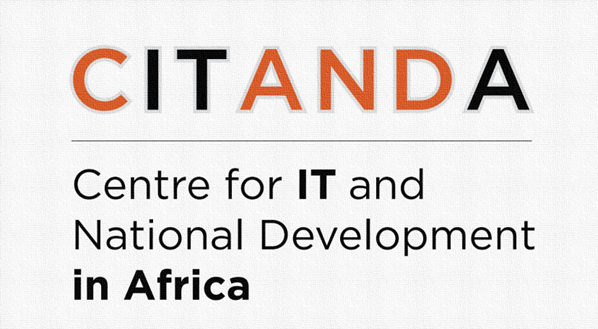HIS Standardization in Developing Countries: Use of Boundary Objects to Enable Multiple Translations
Abstract
Standardization and integration of Health Information Systems (HIS) in most developing countries has been reported as a complex undertaking due to poverty, multiplicity of diseases and diverse actors working in various initiatives within the healthcare context. The need for collaborative investments in HIS strengthening is highlighted by major actors such as WHO, as significant to achieve an integrated HIS. However, despite the fact that involvement of multiple partners is desirable as a vehicle to attain an integrated HIS, entailed challenges should be understood and well managed. By drawing on the concept of translation from actor network theory supplemented by the notion of boundary objects, we examine the HIS standardization challenges and the strategies to curb them in the context of multiple divergent actors engaging in HIS integration process in Tanzania. The article stresses the need to coordinate the standardization process through circulation of boundary objects across the involved multiple actors.


